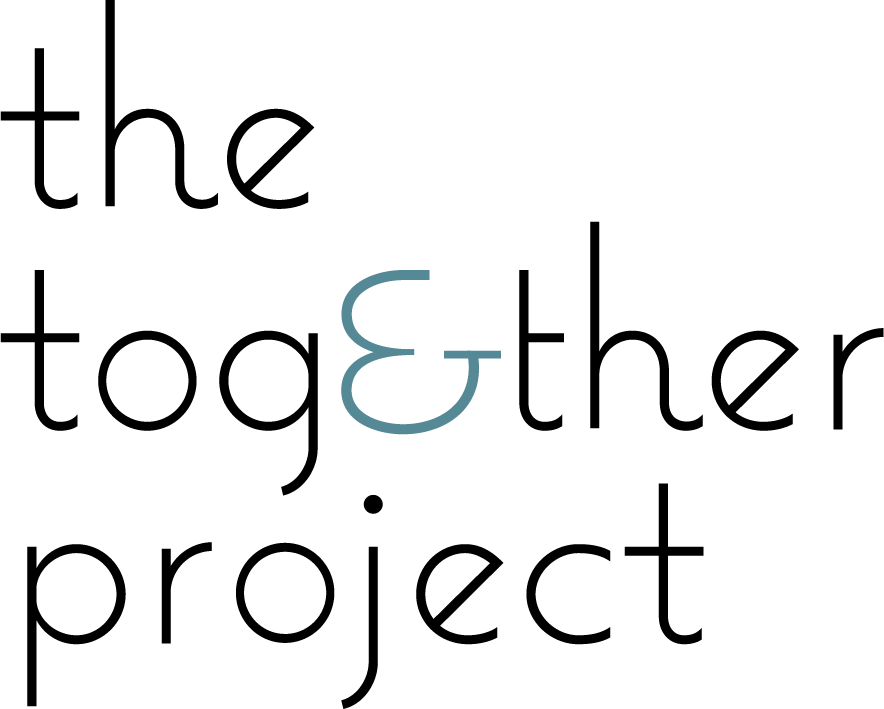To use the Bible faithfully we must appreciate how it is put together. Its 66 books, written in Hebrew or Greek, are by a variety of authors in many different kinds of literature. Each book had come over time to be regarded by Christians as authoritative. We believe that God oversaw the putting together of these various books into one volume so that under the supervision of the Holy Spirit, there is a consistent message.
We recognise two main parts, the Old and New Testaments. Like Jews of his time, Jesus knew the Old Testament well and often quoted from it. The New Testament begins with his birth, earthy life, death, and resurrection in four ‘gospels’. Then we have a historical book, The Acts of the Apostles, followed by a collection of letters written to the first-century churches by a variety of people close to Jesus. In these, many of them written by Paul, we see Christians wrestling with what Jesus means for their time and place. The Revelation, pictures of Jesus finally ruling over everything, brings the New Testament to a climax.
When we read a part of the Bible, we first must look at where these verses come from. What kind of literature is this book? If it is full of rules and instructions for the Hebrew nation (eg Leviticus, Numbers, Deuteronomy), we can learn important principles about how God wants people to live, but the details are intended for an agrarian society very different from our own. If it is poetry (eg Psalms, Proverbs) we appreciate its pictures and images but know that Hebrew poetry follows different conventions from our own. The Old Testament historical and prophetic books need to be read in the light of symbols that the original readers understood, but that may be obscure to us today. Above all, the Old Testament must be read through the lens of Jesus. His birth, life, death and resurrection are the turning point between the Testaments and the way we interpret everything before and after him.
The four gospels that begin the New Testament give us four different perspectives on Jesus, written for different audiences. They are partly history – telling us what Jesus did and what was done to him. But they are also rich with his teachings and provide the foundation of our Christian faith. New readers of the Bible do well to start with them and we all need to come back to them time and time again to anchor our lives in Jesus who is both God and human.
The letters that make up most of the rest of the New Testament need to be read in their context. Who wrote this? What was the reason for its writing? What was the situation in the receiving church and its city that was being addressed? We must distinguish whether what is discussed is a moral matter or a cultural one. Is what is being advocated a timeless principle or advice for a specific time and place?
All understanding of Scripture should be based on important principles of hermeneutics – the science of interpretation of written texts. We can be guided in this by commentaries on each Bible book written by experts in Bible interpretation, many of them reading the text in the original language. But there are some basic principles that each of us can apply to help us see from the Scriptures ourselves how to live today.
Here is a summary of some principles to use when we want to interpret a specific passage of Scripture or look to see what the Bible says on a topic of concern to us.
- Among the 66 books of the Bible, what kind of literature are we reading in this passage?
- What do Jesus’ life and teaching say about this topic?
- How did the early church understand Jesus’ teaching on this issue?
- What did the passage mean to its original hearers?
- When the passage we are looking at appears to contradict the Bible’s other teaching on the issue, we ask more questions:
- Is the teaching in this passage part of the core message of the Bible, a universal principle that we should give priority to?
- Is it a moral or a cultural issue? If it is a cultural issue, what do we know about the city and its church receiving the letter that might help us understand it?
- What options are available today that were not possible in the first century?
Using this questioning approach, we can work towards understanding the importance and implications of a particular passage of Scripture and how it should impact our life.
To read more on biblical interpretation, see
How to read the Bible for all it’s worth by Gordon D. Fee & Douglas Stuart (Grand Rapids, MI: Zondervan, 2014)
The blue parakeet: Rethinking how you read the Bible by Scot McKnight (Grand Rapids, MI: Zondervan, 2018)
Questions in this series:
1. How do we read the Bible to decide what to do today?
2. What principles of interpreting Scripture should we apply to understand the passages that are used to limit women’s leadership in the church?
3. What roles did women play in the early church?
4. Did Jesus have female disciples?
5. Does the Holy Spirit give spiritual gifts to all Christians?
6. How can men pave the way for women to have greater opportunities in the church?
7. Why is it important to hear women preach and teach Scripture?
8. I am uncomfortable with the fact that women are restricted from leading and teaching men in my church. What advice can you give to help me raise this issue at my church?

